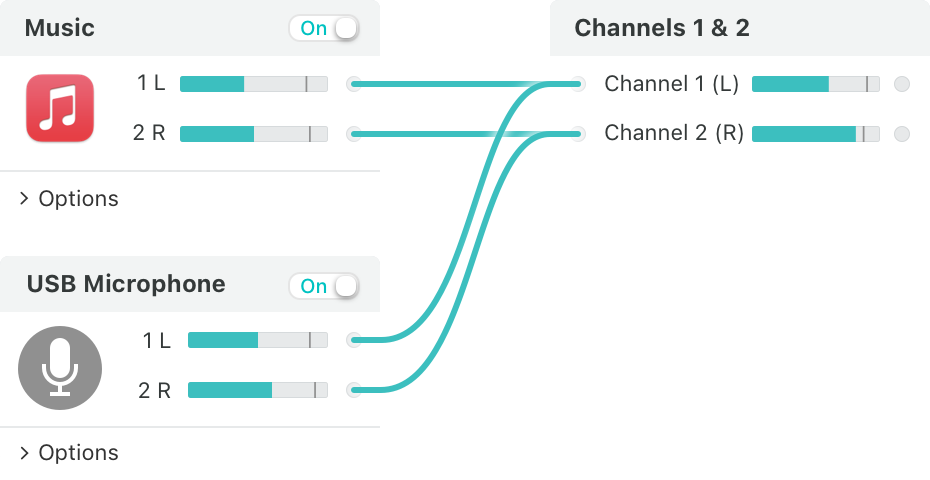

It came in 2-track and 16-track versions, and let you route audio output-including from applications-into any track, and then use that as an input to any program, or even the system. The long-running Soundflower was a lovely hack that helped for many years. That’s where virtual audio devices come in handy. With Audio Hijack 3, you can route and combine audio inputs, but you can’t route Audio Hijack’s output into other software. It works well with soundboards, like the eponymous Soundboard from Ambrosia Software ($50), which let you create an array of pre-recorded sounds or snippets you can drop into an audio stream (think drive-time AM radio).įast-forward to 2015 and Audio Hijack 3’s release, which was an elegantly simplified version of AHP that hid the guts well, but still had layers to dive into for more complicated features. You might want to record multiple mic inputs, or mix sound playback (like background music or other audio) into whatever you’re sending into a recording or out to speakers at a live event where the Mac is the mixer. Loopback devices appear in the Sound system preference pane just like other audio sources. OS X treats each virtual device exactly as if it were a legitimate physical or app source. These can be the output of an app, an audio input device attached to the computer, or even another virtual device.

Loopback lets you create any number of virtual devices, each of which has a unique set of audio sources. * Time-zone broadcasting and the innovative "resend an inactive employee" feature.Loopback’s idea is simple, as is its interface: Any time you have an option for a single audio input (for example, Skype’s Audio/Video preferences or GarageBand’s live-recording option), you can use a Loopback virtual audio device instead. * Countdown clocks to mark special events/deadlines * Micro-sites, landing pages, searchable archives, and an innovative "favorites” page for each employee. * Audio-podcasting and embedded-video are both real * Easy drag-and-drop email editor that allows you to create custom templates (and lockable). * Works with Active Directory, Workday, and many other systems * Dynamic SMART content that targets each employee's interests, roles, or departments.

This will grab your audience's attention, generate valuable feedback, and make your emails stand out. You can add rich visual elements to your emails with a simple drag and drop wizard. Proze is a robust internal communications platform that allows for employee messaging and content management. Proze combines deep personalization, real time interactivity, and a drag-and drop interface for Internal Email Communications.


 0 kommentar(er)
0 kommentar(er)
